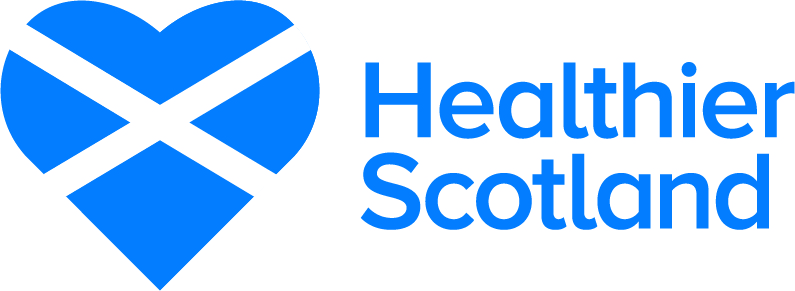Date of last review: Due to be updated
Differential diagnosis
- Blepharitis
- Exposure keratopathy
- Neurotrophic keratopathy
- Sjogren’s syndrome
- Drugs
- Ocular cicatricial pemphigoid
- Refractive laser surgery
- Vitamin A deficiency
Possible management by Optometrist
Treatment
- Treat underlying blepharitis or rosacea or seborrhoeic dermatitis, if present
- Mild to Moderate Symptoms
- Artificial Tears
- Hypromellose 0.3% at 30 minute intervals until symptoms improve, then less frequently
- Switch to preservative free alternative if:
- Used > 6 times a day
- Soft contact lenses wearers
- Epithelial toxicity from preservatives
- Allergic conjunctivitis from preservatives
- Or Carbomer 0.2% gel four times a day
- Severe Symptoms
- Preservative Free Artificial Tears
- Preservative free Hypromellose 0.3% at 30 minute intervals until symptoms improve, then 3-4 x daily
- Or Sodium hyaluronate 0.2% at 30 minute intervals until symptoms improve, then 3-4 x daily
- Unmedicated ointment at bedtime
- Punctal plugs
- Symptomatic mucus strands or plaques
- PoM Acetyl cysteine 5% one drop 4 x daily
- Drops sting briefly
Advice
- Majority of cases idiopathic or related to blepharitis
- A few have Sjogren’s syndrome (dry eye, dry mouth, dry vagina) which may be primary or secondary
- Avoid aggravating factors
- Smoke
- Wind
- Heat (central heating)
- Inadvertent staring
- Computer use
- Reading
- Watching television
- Encourage patients to discuss with GP whether any medication may be contributing and whether there are any appropriate alternatives
Management Category
- Normally no referral
- Refer new cases of suspected Sjogren’s to GP for assessment and onward referral as appropriate
- Encourage patients to attend dentist regularly as dry mouth increases risk of severe cases
Possible management by Ophthalmologist
- As above
- Topical steroid
- Topical ciclosporin
- Topical autologous serum
- Punctal plugs
- Punctal occlusion

